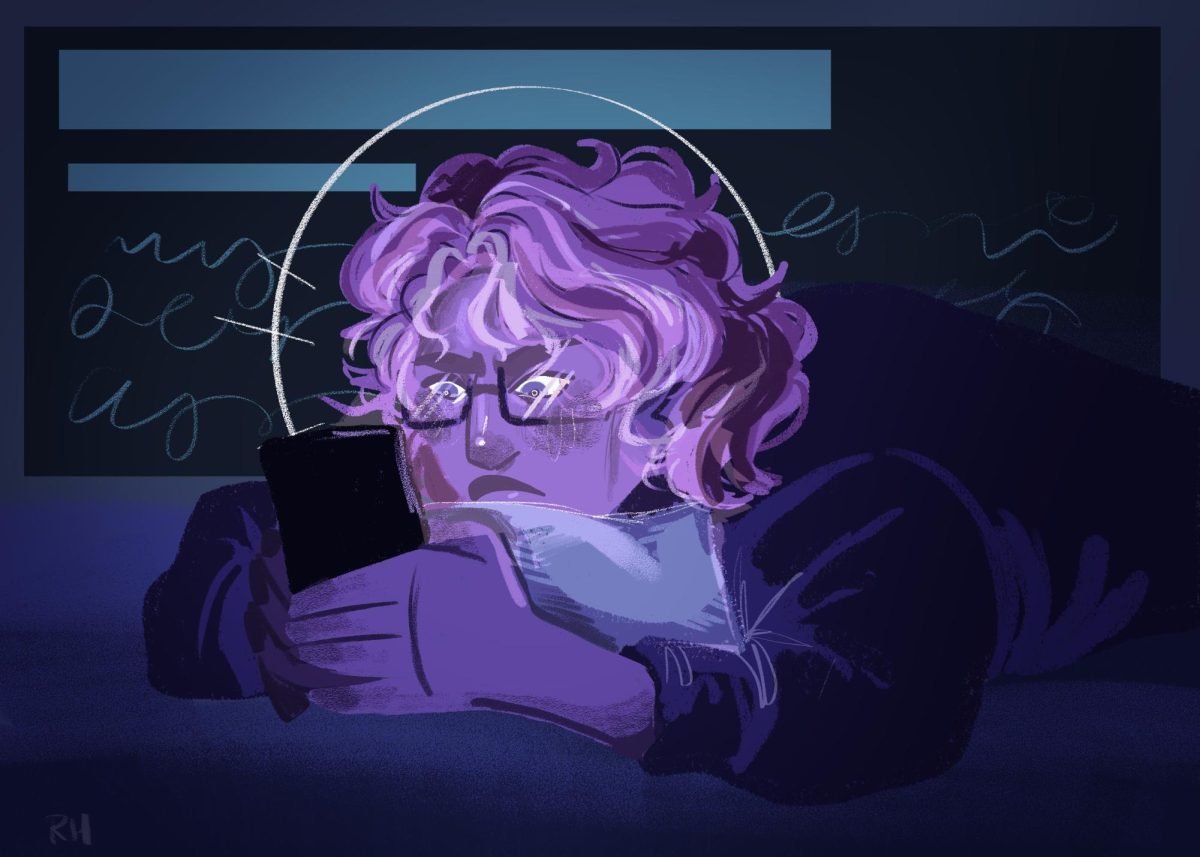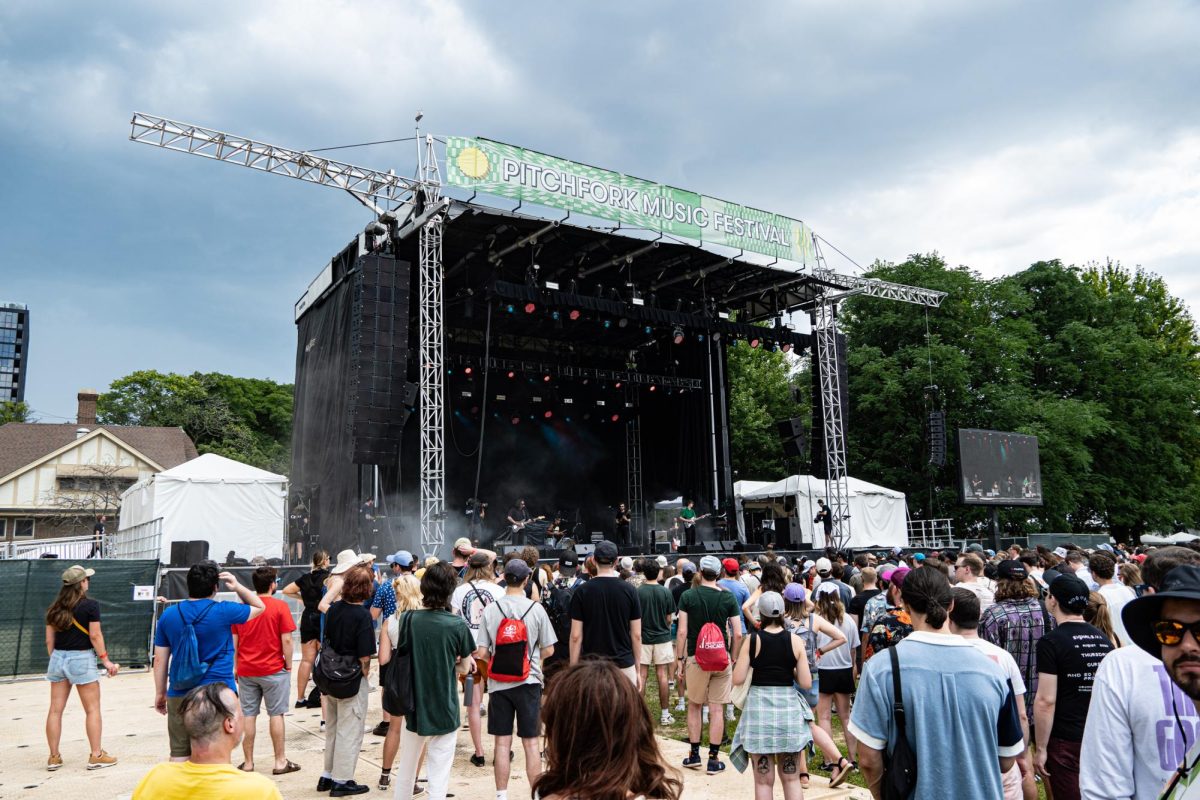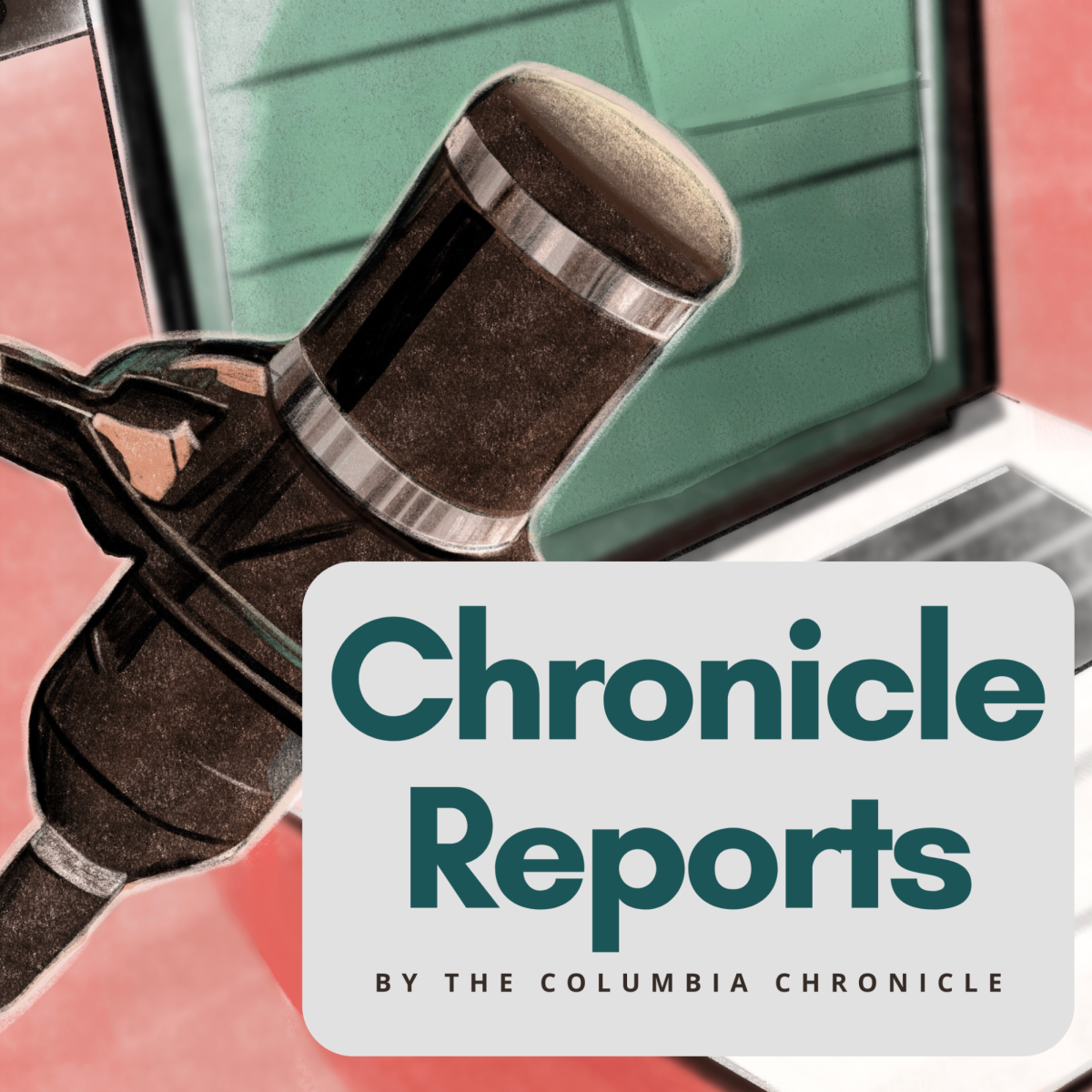In 2005, Hurricane Katrina slammed into Louisiana bringing devastation to New Orleans. President George W. Bush’s response to the disaster was seen as incompetent. Bush’s infamous quote to his FEMA Director Michael D. Brown, “Brownie, you’re doing a heck of a job,” has become shorthand for people celebrated for their incompetence. Brown was relieved of his FEMA duties 10 days later.
In an email sent on Feb. 14, Columbia Board of Trustees Chair John M. Holmes’ praised Columbia President Kwang-Wu Kim. “President Kim has been a steady and exemplary leader of Columbia for more than a decade…President Kim’s many accomplishments include dramatically improving student outcomes and support services, building the Student Center, and setting the stage for the next chapter in our College’s strong history,” Holmes said.
Well, that’s one way to look at it. Another way is to consider where Columbia is today compared to 2013, when Kim became president. In 2013, Columbia enrolled 9,671 students and tuition was $22,792. The college promoted small class sizes and skills-based education. Columbia’s campus buzzed with activity and its impact on Chicago’s cultural life was significant. In 2013, Columbia produced 1,250 public events, including 45 gallery exhibitions, film, dance, concerts, symposiums, and workshops in all creative disciplines. Columbia had a reputation for being a lively center of creative expression. Columbia’s debt and labor relations were manageable.
So, how does Columbia look today? Columbia’s enrollment has dropped dramatically, while tuition has increased significantly. Columbia’s campus today feels like a ghost town compared to ten years ago. Columbia’s impact on Chicago’s cultural life is a shadow of its former self. In 2023, Columbia hosted fewer than 175 public events. Columbia’s deficit ballooned to $38 million. A seven-week part-time faculty strike was the longest in U.S. education history. Plans are in play to eliminate scores of faculty and staff. By Kim’s admission, Columbia has suffered “reputational damage” it may never recover from.
Columbia, like many liberal arts colleges, has faced enormous headwinds since 2013. There are fewer high school graduates entering college. Rising tuition and student debt leave many prospective students questioning the value of college. The arts and media job market is shrinking. Wouldn’t anyone serving as Columbia’s president the past ten years face a similar situation?
Perhaps, but take a closer look at Kim’s decisions. Let’s start with the student center. Building a student center was not an inherently bad idea. Student centers help foster a more dynamic sense of community and interdisciplinary collaboration. The problem with Columbia’s student center is how it was financed. Private colleges typically build high-profile facilities by launching fundraising campaigns. College presidents are the chief fundraisers who excite supporters about a project to raise financial support.
But that didn’t happen with Columbia’s $55 million student center. Instead, the center was financed by selling the Plymouth Court dormitory, 14th Street theater facility and parking lot, Johnson Publishing Building, and Columbia’s University Center equity. Imagine how Columbia’s finances would look today if Kim had invested that money in Columbia’s future.
Kim’s inability to raise money is a hallmark of his tenure but Kim’s greatest legacy is the seven-week part-time faculty strike, which will cost Columbia tens of millions in reputational damage. It’s one thing to have a work stoppage for a day or two, but letting a strike go on for seven weeks given the costs to students and the college is unfathomable. Was it smart or reasonable for Columbia to publicly announce that part-time faculty would play a less prominent role in its future before the contract deadline? Did Kim consider how a $250,000 bonus would look in the face of dramatic budget cuts?
Columbia remains a singular institution with passionate students, accomplished faculty, committed staff, and renowned alumni. Here’s hoping the college can attract a leader who can rally Columbia’s community behind its historically distinct vision and champion its vital role in the future of Chicago and beyond.
Norman Alexandroff is Director of Marketing and Fundraising at Youth Crossroads. A 1984 graduate of Columbia College Chicago, Norman served in a variety of roles during his 25-years working at Columbia. His father, Mike Alexandroff, served as Columbia President from 1961-1992, and his grandfather, Norman Alexandroff, served as Columbia President from 1944-1960. He was laid off from Columbia in 2019.
















